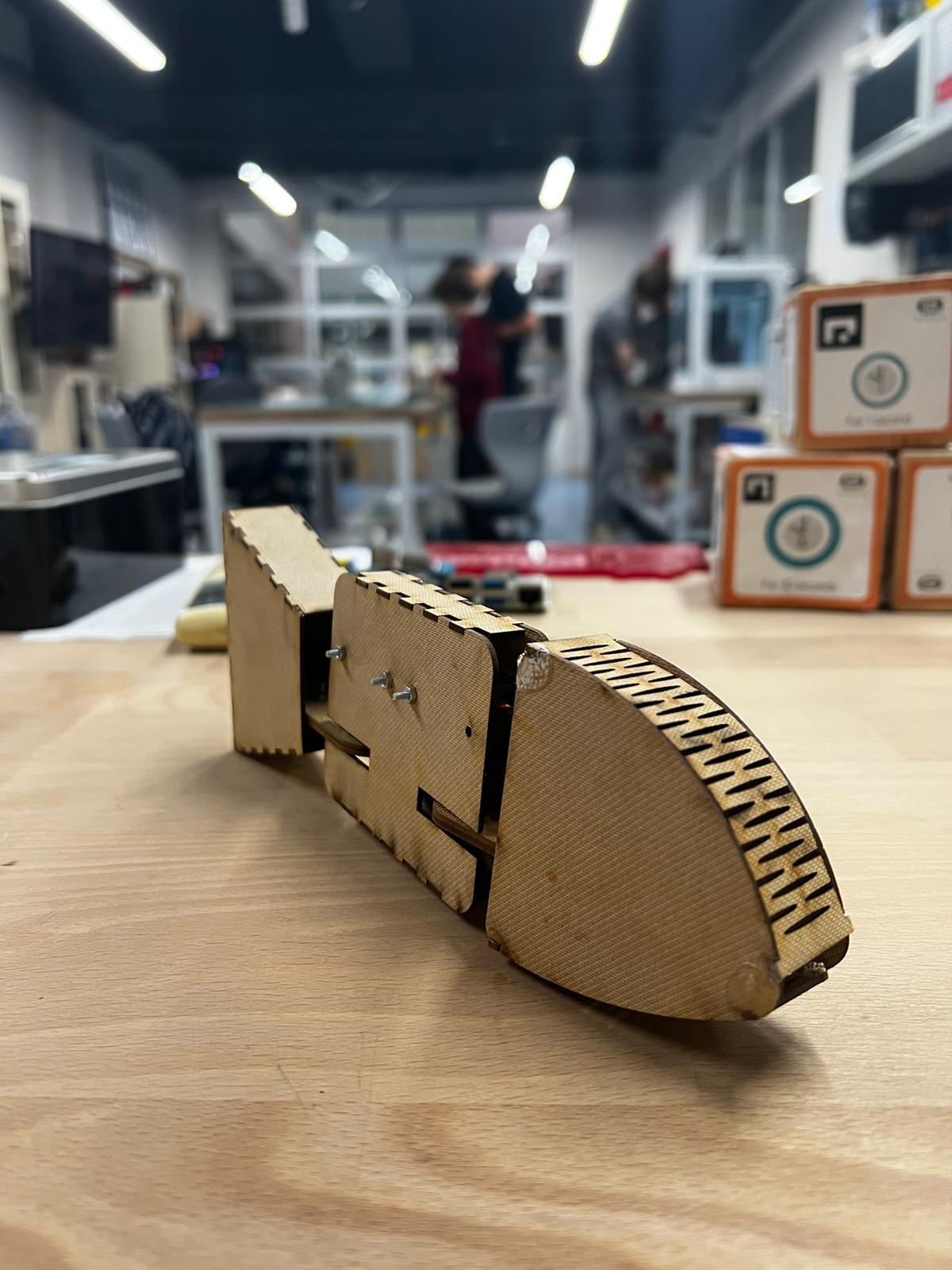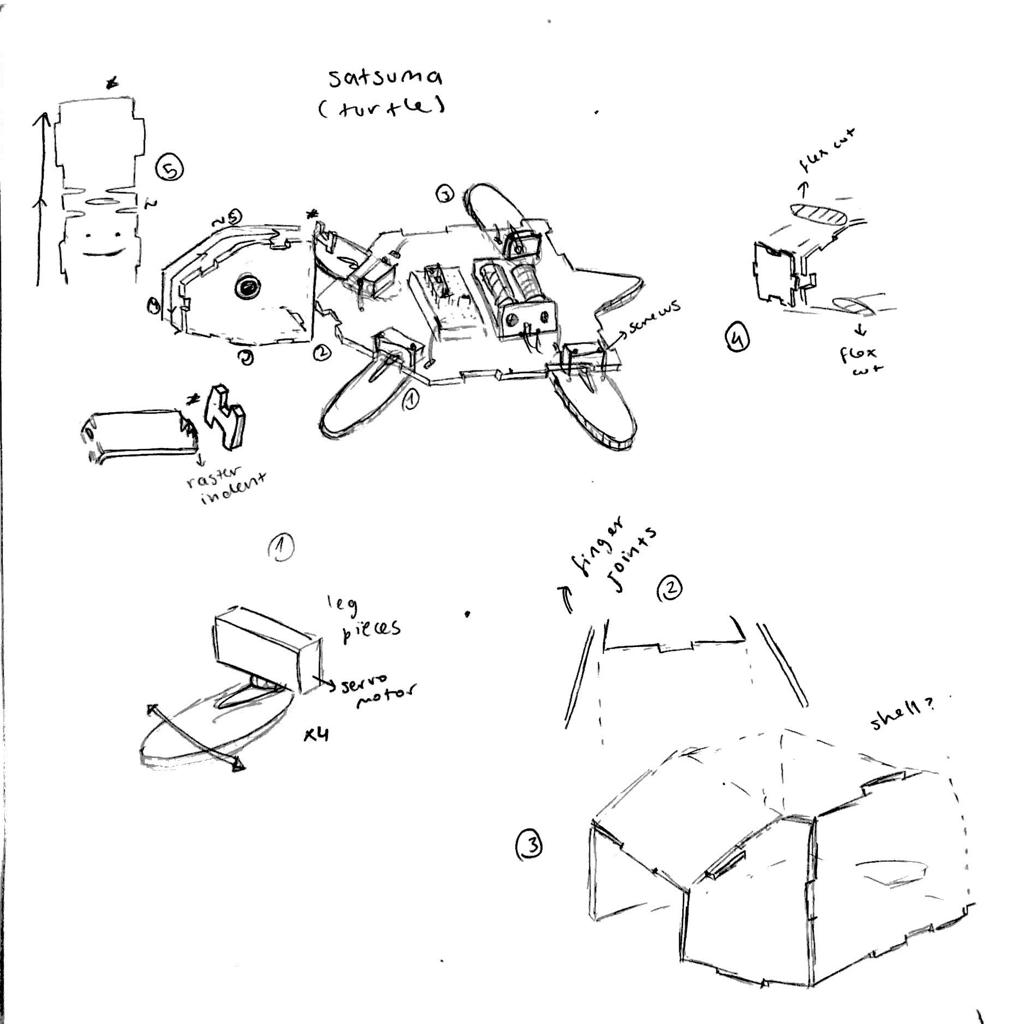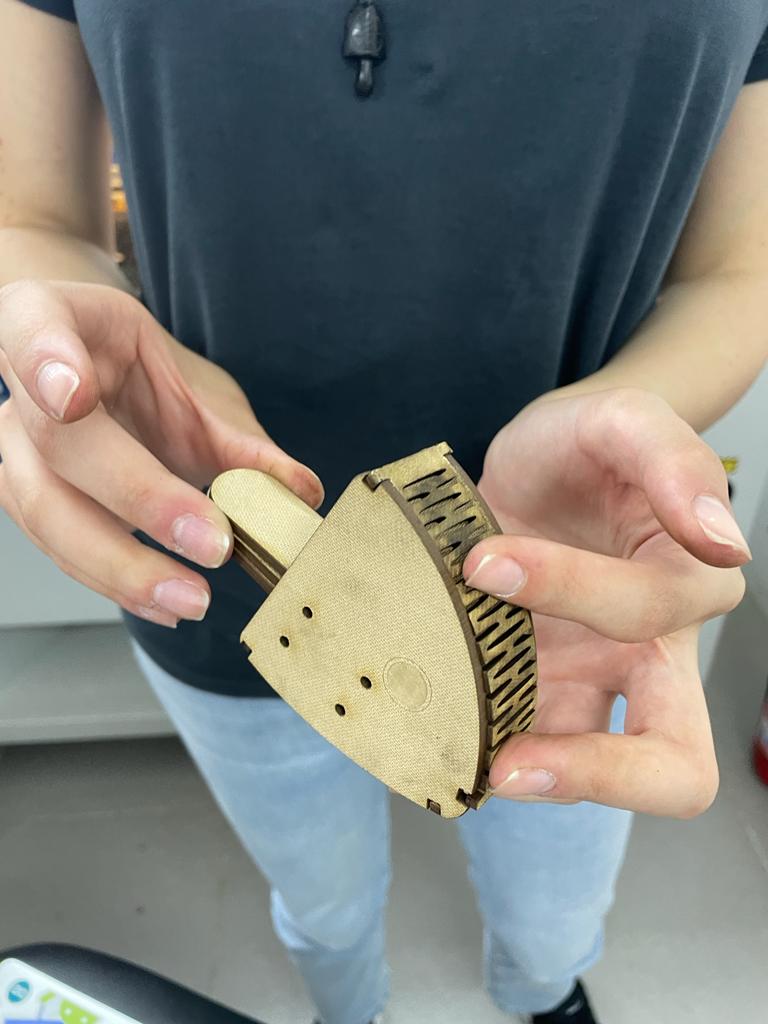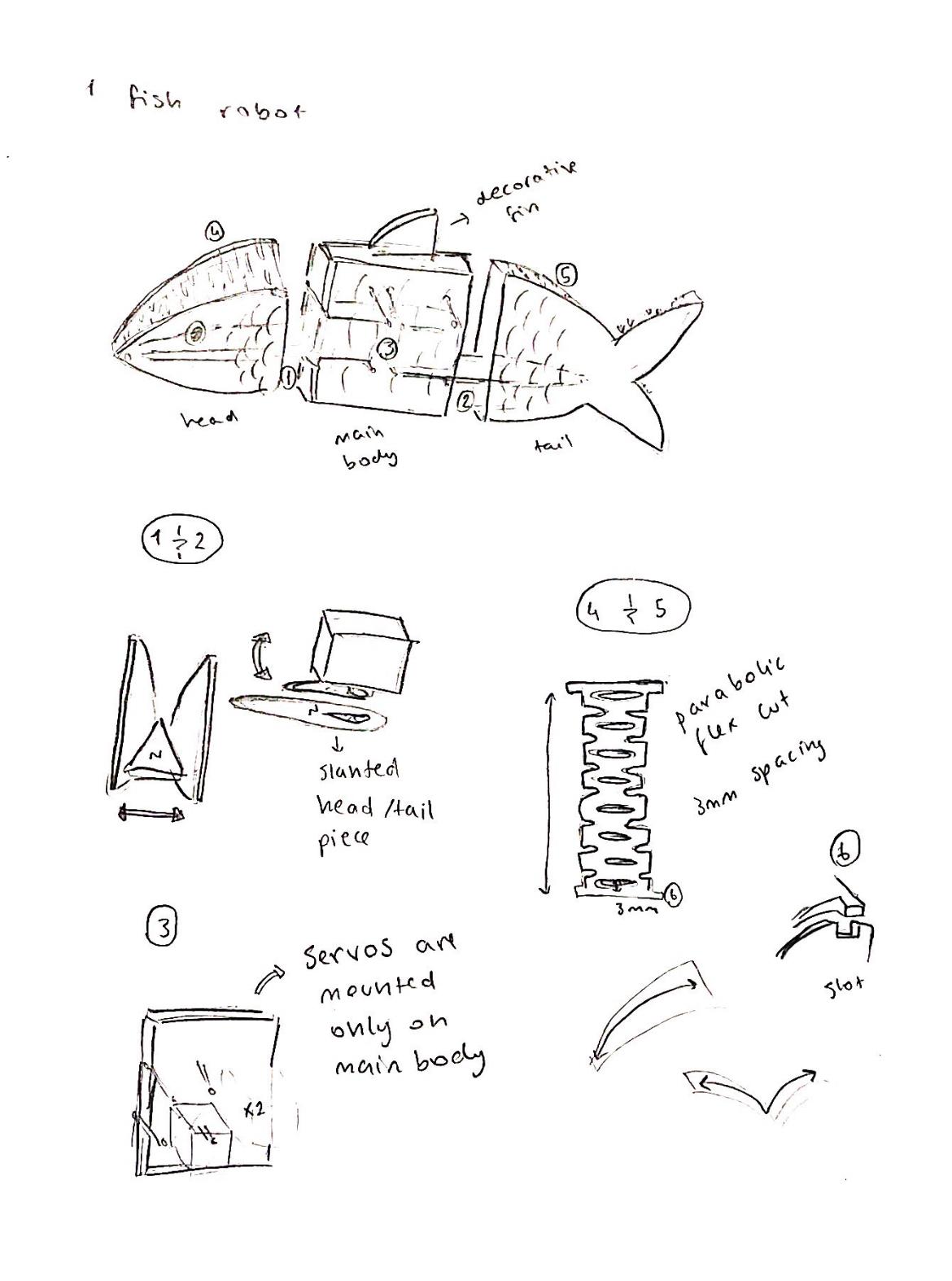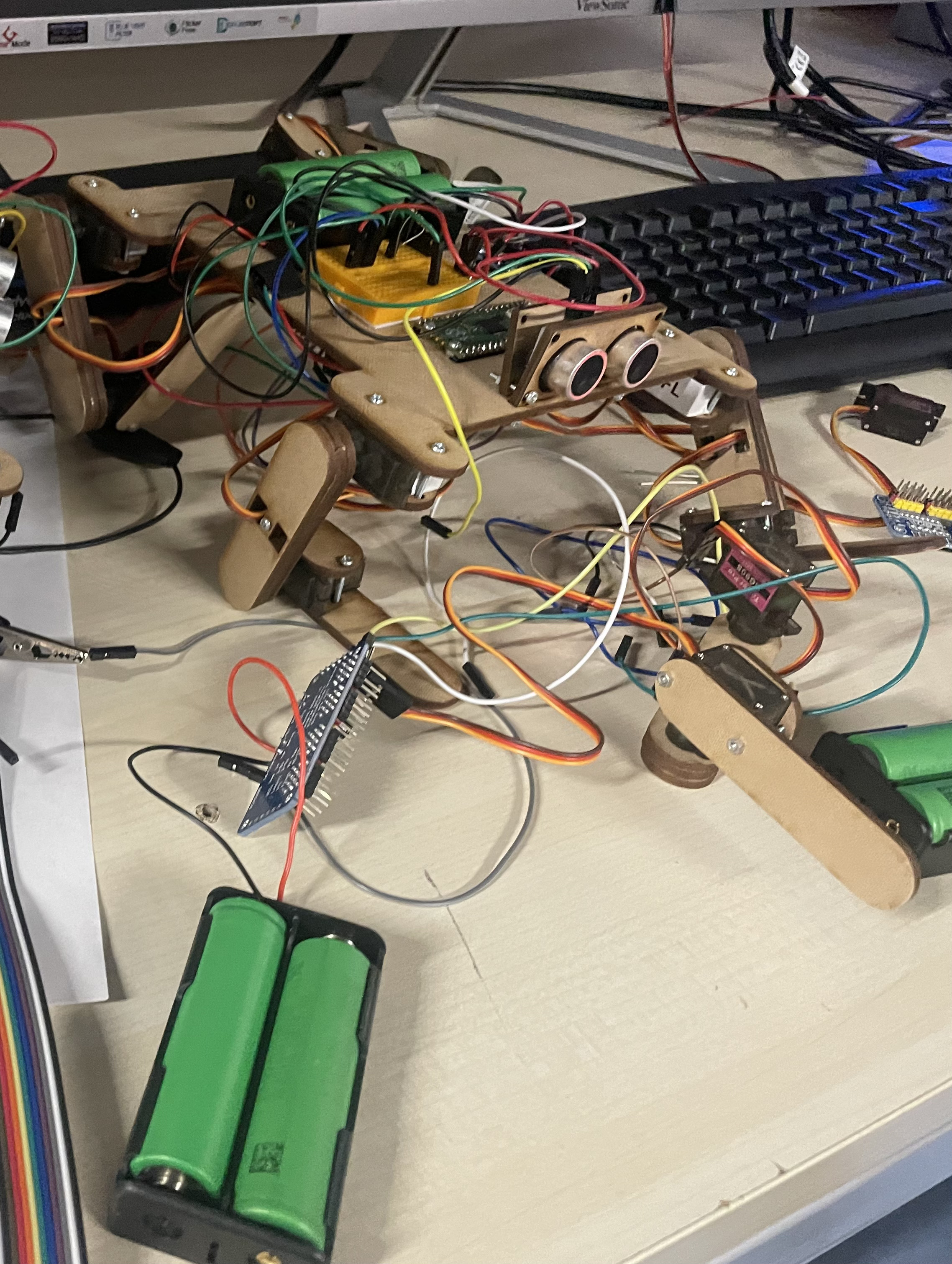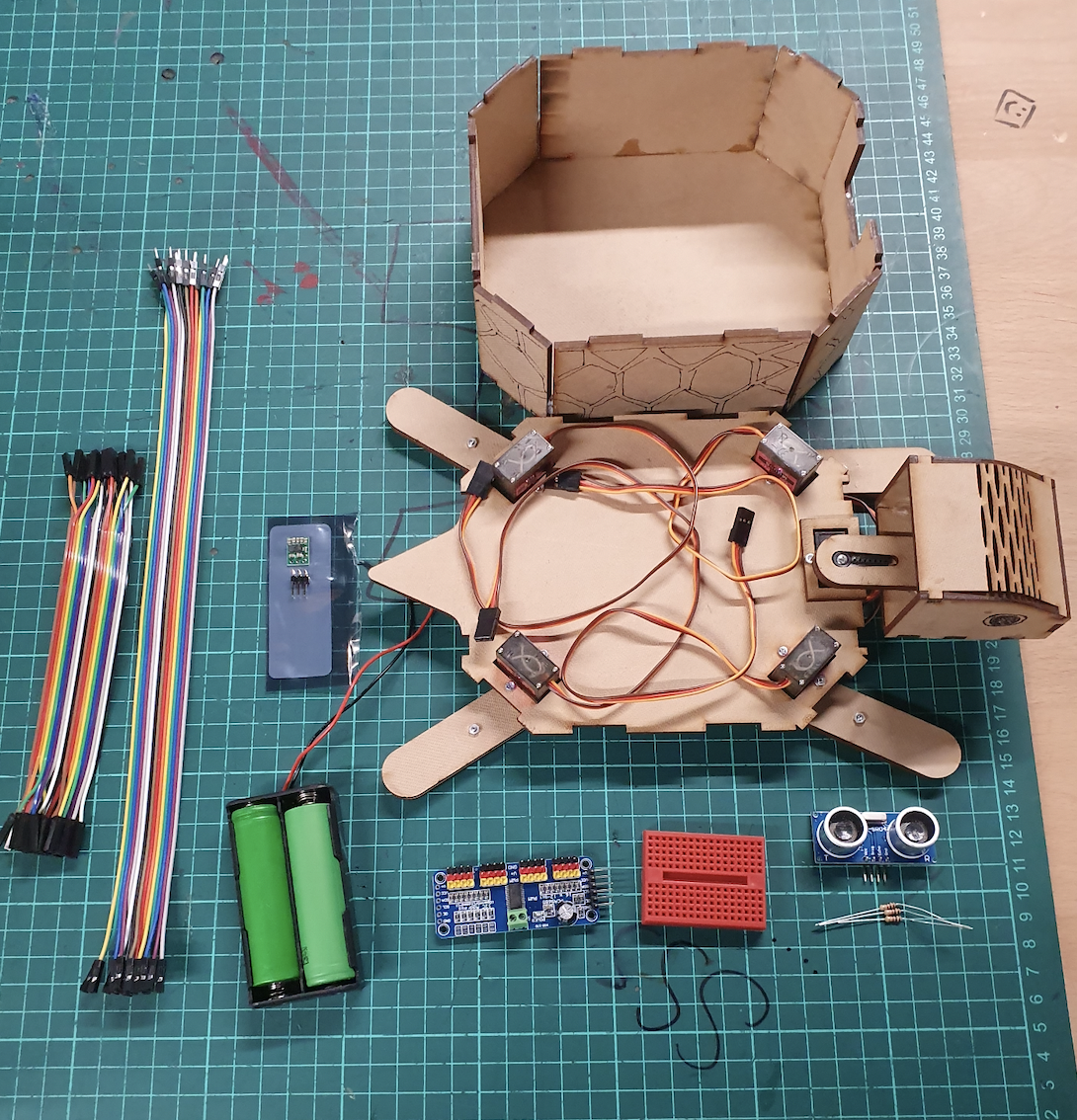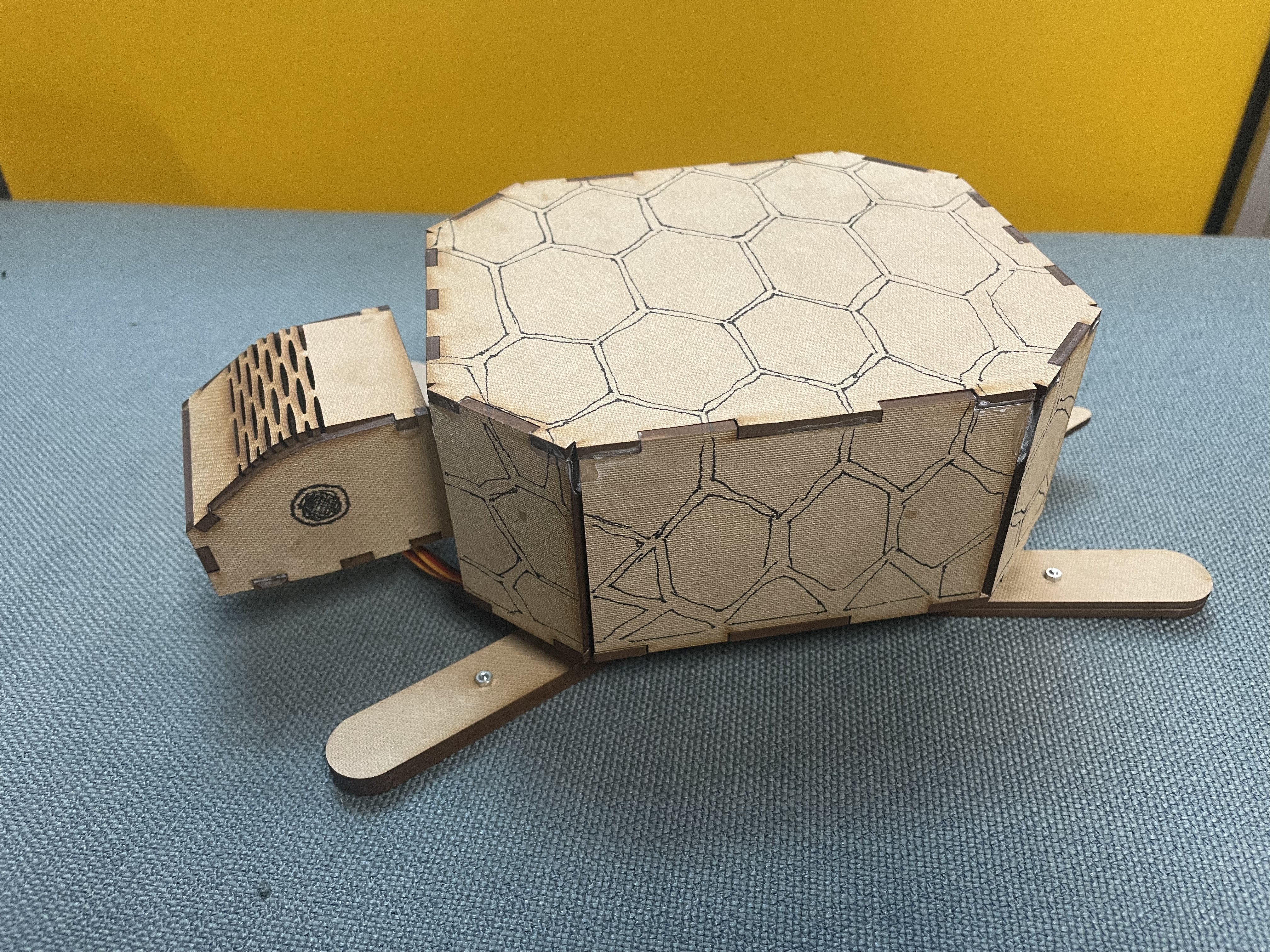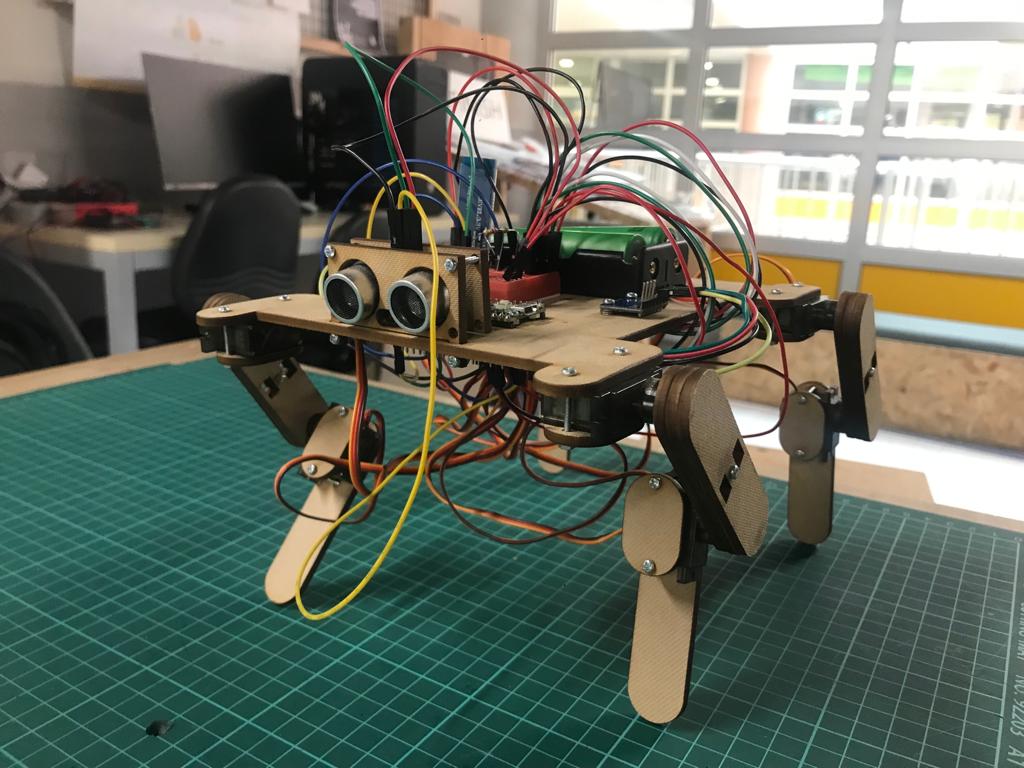Biomimetic Robots
Learn robotics with lemon kit, inspired by the nature and the evolution.
3 Models to Assemble
Challenging models available for different levels of comprehension.
Enhanced Learning
Guided learning that combines your knowledge of hardware and software.
Elements of the Kit
Motors, cables, laser-cutted models and many more available in the kit.
More About Us
Learn more about HisarCS Idealab .) on the contact page!
